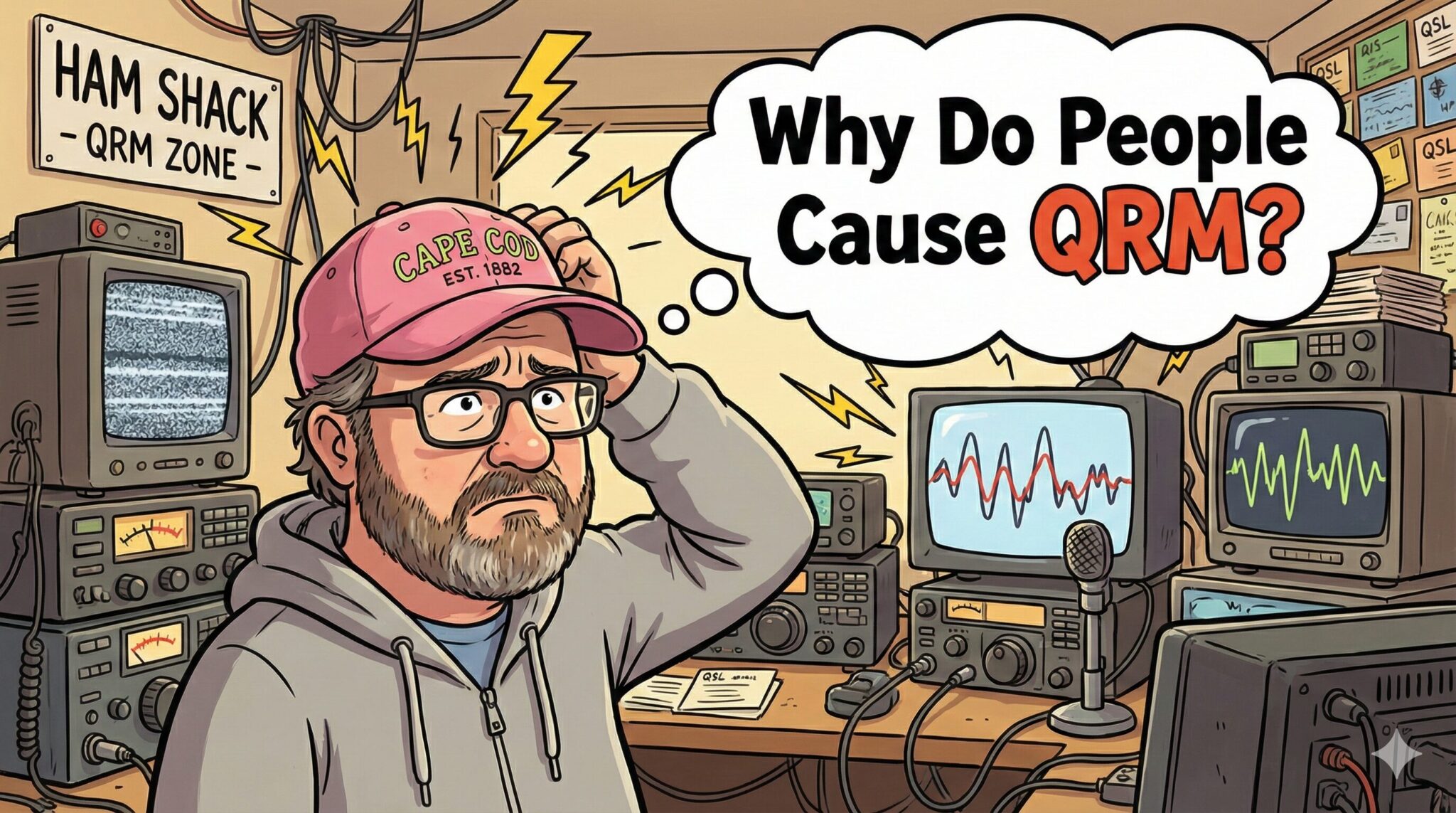Time Constants in RC and RL Circuits: A Comprehensive Guide for Canadian Ham Radio Operators
As a Canadian Ham Radio operator, understanding the intricacies of electronic circuits is crucial for optimizing your equipment and troubleshooting issues. One fundamental concept that plays a significant role in radio circuitry is the time constant, particularly in Resistive-Capacitive (RC) and Resistive-Inductive (RL) circuits. This article will delve deep into the concept, providing practical insights for your ham radio operations.
RC Circuits: Charging and Discharging Behavior
The Basics of RC Time Constants
In RC circuits, the time constant is a measure of how quickly a capacitor charges or discharges through a resistor. Specifically, it's the time required for a capacitor to charge to 63.2% of the applied voltage or discharge to 36.8% of its initial voltage.
The formula for the RC time constant is:
τ = R * C
Where:
- τ (tau) = time constant in seconds
- R = resistance in ohms
- C = capacitance in farads
Charging Behavior
During the charging process:
- After 1τ: Capacitor charges to 63.2% of applied voltage
- After 2τ: 86.5%
- After 3τ: 95%
- After 4τ: 98.2%
- After 5τ: 99.3%
Discharging Behavior
When discharging:
- After 1τ: Capacitor retains 36.8% of the initial charge
- After 2τ: 13.5%
- After 3τ: 5%
- After 4τ: 1.8%
- After 5τ: 0.7%
Practical Example
Let's consider a typical scenario in ham radio equipment:
Suppose you're designing a power supply filter for your radio. You have a 100 µF capacitor and a 470 kΩ resistor. The time constant would be:
τ = 470,000 Ω * 0.0001 F = 47 seconds
The capacitor would take about 235 seconds (5τ) to charge or discharge fully, which is crucial knowledge for designing stable power supplies.
RL Circuits: Current Build-up and Decay
Understanding RL Time Constants
In RL circuits, the time constant relates to how quickly current builds up or decays in the presence of inductance. The formula remains similar:
τ = L / R
Where:
- L = inductance in Henries
- R = resistance in ohms
Current Build-up
In an RL circuit:
- After 1τ: Current reaches 63.2% of its maximum value
- After 2τ: 86.5%
- After 3τ: 95%
- After 4τ: 98.2%
- After 5τ: 99.3%
Back EMF and Its Effects
Due to back EMF, the current in an inductive circuit doesn't immediately reach its maximum value. This self-induced voltage opposes the change in current, causing a gradual rise instead of an instant jump.
Applications in Canadian Ham Radio Operations
1. Power Supply Design
Understanding RC time constants is crucial when designing power supplies for your ham radio station. It helps in:
- Selecting appropriate capacitor values for smoothing rectified AC
- Designing efficient ripple filters
- Ensuring quick response to load changes
2. RF Filter Circuits
Time constants play a vital role in RF filter design:
- Low-pass filters for eliminating harmonics
- High-pass filters for attenuating low-frequency noise
- Band-pass filters for isolating specific frequency ranges
3. Antenna Tuning Circuits
In automatic antenna tuners:
- RC networks control the speed of tuning
- Understanding time constants helps in optimizing tuning speed and accuracy
4. Keying Circuits for CW Operation
For Morse code enthusiasts:
- RC time constants affect the shape of CW signals
- Proper design ensures clean key-up and key-down transitions
5. AGC (Automatic Gain Control) Circuits
In receivers:
- RC time constants determine how quickly AGC responds to signal strength changes
- Optimizing these can improve reception in varying signal conditions
6. VFO (Variable Frequency Oscillator) Stability
In homebrew radio designs:
- RL time constants in tank circuits affect frequency stability
- Understanding these helps in designing stable, low-drift VFOs
Practical Tips for Canadian Ham Radio Operators
- Equipment Troubleshooting: Consider the time constants in various circuits when diagnosing issues. Slow response times or unexpected behavior might be related to constant RC or RL time issues.
- Homebrew Projects: When designing circuits, carefully calculate time constants to ensure proper operation. This is especially crucial in timing circuits, oscillators, and filter designs.
- Antenna Analyzers: Many modern antenna analyzers use RC networks. Understanding time constants can help you interpret results more accurately, especially in rapid sweep modes.
- Digital Mode Considerations: Operators involved in digital modes should know that improperly designed RC circuits can affect signal timing and potentially increase error rates.
- Cold Weather Operations: As a Canadian operator, remember that temperature can change component values. This can affect time constants, potentially impacting equipment performance in extreme cold.
By mastering the concept of time constants in RC and RL circuits, Canadian ham radio operators can enhance their understanding of equipment behavior, improve their troubleshooting skills, and even design better circuits for their stations. Whether operating from the shores of Nova Scotia or the mountains of British Columbia, this knowledge will serve you well in your ham radio adventures.






